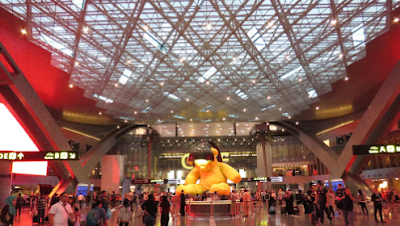The Theory of Light for Photography
Some philosophers contend that to the existence of light alone we owe the beautiful effects produced by the Photogenic art, while others give sufficient reasons for doubting the correctness of the assumption. That the results are effected by a principle associated with light and not by the luminous principle itself, is the most probable conclusion. The importance of a knowledge of this fact becomes most essential in practice, as will presently be seen. To this principle Mr. Hunt gives the name of ENERGIA.
The Nature of Light
The Nature of Light is not wholly known, but it is generally believed to be matter, as in its motions it obeys the laws regulating matter. So closely is it connected with heat and electricity that there can be little doubt of their all being but different modifications of the same substance. I will not, however, enter into a statement of the various theories of Philosophers on this head, but content myself with that of Sir Isaac Newton; who supposed rays of light to consist of minute particles of matter, which are constantly emanating from luminous bodies and cause vision, as odoriferous particles, proceeding from certain bodies, cause smelling.
The effects of light upon other bodies, and how light is effected by them, involve some of the most important principles, which if properly understood by Daguerreotypists would enable them to improve and correct many of the practical operations in their art. These effects we shall exhibit in this and the following chapters. Before we enter on this subject it will be necessary to become familiar with the
Definitions of some of the terms used in the science of optics.
Luminous bodies are of two kinds; those which shine by their own light, and those which shine by reflected light.
Transparent bodies are such as permit rays of light to pass through them.
Translucent bodies permit light to pass faintly, but without representing the figure of objects seen through them.
Opaque bodies permit no light to pass through them, but reflect light.
A ray is a line of light.
A beam is a collection of parallel rays.
A pencil is a collection of converging, or diverging rays.
A medium is any space through which light passes.
Incident rays are those which fall upon the surface of a body.
Reflected rays are those which are thrown off from a body.
Parallel rays are such as proceed equally distant from each other through their whole course.
Converging rays are such as approach and tend to unite at any one point,
Diverging rays are those which continue to recede from each other,
A Focus is that point at which converging rays meet.
MOTION OF LIGHT
Rays of light are thrown off from luminous bodies in every direction, but always in straight lines, which cross each other at every point; but the particles of which each ray consists are so minute that the rays do not appear to be impeded by each other. A ray of light passing through an aperture into a dark room, proceeds in a straight line; a fact of which any one may be convinced by going into a darkened room and admitting light only through a small aperture.









No comments:
Post a Comment
Thanks for your valuable comments and keeping touch sharing our posts from my PHOTO COLLECTION.